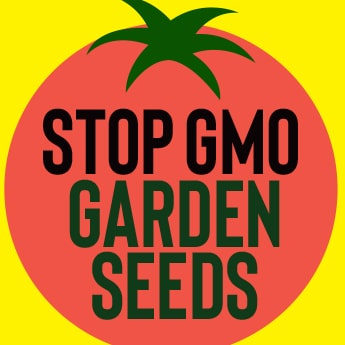Published in the Ontario Farmer, May 25, 2021 – By Lucy Sharratt, Coordinator, Canadian Biotechnology Action Network
Health Canada is proposing new regulatory guidance for products of gene editing. The biotechnology industry is pleased that many gene edited foods could get to market faster but the public may be less enthused about the proposed lack of government oversight.
Government regulation ensures safety but also plays a key role in securing consumer confidence. If the proposed changes go ahead, some unregulated – even unreported – foods from gene-edited plants would come to market without a stamp of approval from Health Canada. This could mean a deepening public trust crisis around the use of genetic engineering.
A biotech industry communications campaign is underway to try to separate gene editing from negative consumer perceptions of “GMOs”, but gene editing is genetic engineering. That’s the science.
The proposals from Health Canada would allow product developers to decide whether many gene-edited plants are safe to eat or if they need a review from Health Canada. These foods would bypass Health Canada. Health Canada may not even know that these new products exist. This may create a problem for many consumers and farmers.
Canada doesn’t regulate genetic engineering, it regulates “novel foods” and “plants with novel traits”. So far, all the genetically engineered foods eaten in Canada have been regulated as novel. While some gene edited products may still fit the definition of novel, it’s likely that many will bypass the system.
At the moment, gene editing relies on first-generation genetic engineering techniques to randomly insert genetic material that will produce a DNA “editing” system containing targeted “gene cutters”. The inserted material is then later (in most cases) bred out of the organism. Gene editing can efficiently send gene cutters to a target spot in the genome, but the cutters can also cut DNA at other, unintended places causing what are known as “off-target effects”. This is just one of the ways that the “editor” is not precise. The gene editing process can leave behind genetic errors which can lead to unintended effects in the resulting GM plant – and genetic material may inadvertently be left behind. All of this needs to be looked for and assessed for safety. Yet Health Canada proposes that if foreign DNA has been removed from the organism, and if there is no other obvious “novel” characteristic, then safety assessment can be left to product developers.
This focus on the presence of foreign DNA as an indicator of risk threatens to overlook a range of unexpected effects caused by gene editing that could be important for food safety.
If the proposals are accepted, a wide range of possible gene-edited plants could be exempt from government oversight. Health Canada would have no access to the science behind these new GMOs and no ability to require information from companies.
To fill this gap, Health Canada also proposes a “Voluntary Transparency Initiative,” to “encourage” companies to voluntarily send the government a notice of any self-determined “non-novel” gene-edited product. This is an opening for some unknown, unregulated gene-edited products to get to market.
The CFIA will soon follow Health Canada’s consultation with proposals on regulating the environmental risks of gene-edited plants. Together, these changes could leave both consumers and farmers in the dark about some gene-edited products on the market.
Instead, the Canadian Biotechnology Action Network argues that it’s in best interest of the public and the agriculture industry, for Health Canada to retain regulatory authority over all genetically engineered foods, including those produced by the newer techniques of gene editing. All gene-edited products need independent, government safety assessments.





